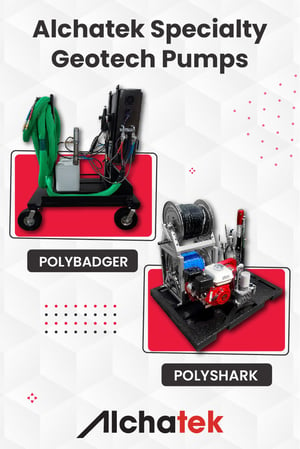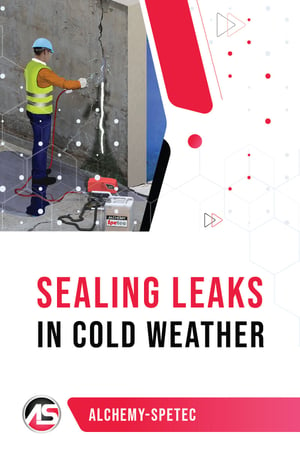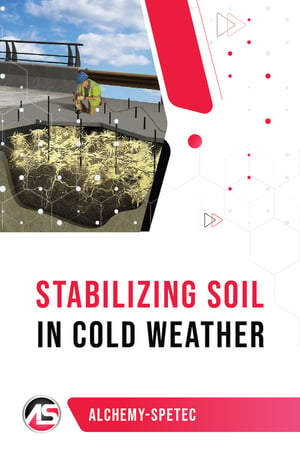
 Polyurethane grouting is an essential process in construction and infrastructure projects with the need to lift structures, fill voids, and stabilize soil. While polyurethane grouting has been utilized for decades, advancements in technology and technique have enabled a new level of precision and control in modern grouting applications. Innovations in polyurethane injection methods and equipment allow design and construction teams to achieve highly accurate, consistent injections for maximum strength and longevity.
Polyurethane grouting is an essential process in construction and infrastructure projects with the need to lift structures, fill voids, and stabilize soil. While polyurethane grouting has been utilized for decades, advancements in technology and technique have enabled a new level of precision and control in modern grouting applications. Innovations in polyurethane injection methods and equipment allow design and construction teams to achieve highly accurate, consistent injections for maximum strength and longevity.
Precision is critical in polyurethane grouting applications. Inadequate filling of voids or inconsistent distribution of grout can lead to structural instability, settlement, and even collapse. Precise injections ensure that soil is saturated, voids are filled, and slabs are leveled accurately. This provides uniform load distribution and protection against shifting, vibration, and erosion. Precision also prevents wasted materials and rework due to incorrect amounts or placement of grout.
Modern polyurethane grouting equipment and techniques enable accurate monitoring and adjustment of grout injection rates, depths, pressures, and consistency. Some examples of modern technology include:
- Hydraulic and Electric Pumps: Modern polyurethane injection equipment includes hydraulic or electric pumps. These pumps provide precise control over pressure and flow, ensuring a more uniform injection of grout material.
- High-Pressure Injection: Modern equipment can handle high-pressure injection, making it suitable for stabilizing deep structures and addressing challenging soil conditions. High-pressure injection ensures better penetration of the polyurethane grout.
- Remote Monitoring and Data Logging: Advanced systems come with remote monitoring and data logging capabilities when necessary. Operators can monitor the injection process remotely and collect data on pressure, flow, and other parameters for quality control and documentation.
- Compact and Portable Systems: Some advanced injection grouting systems are designed to be compact and portable, making them easier to transport to job sites and set up quickly.
- Safety Features: Modern equipment includes safety features such as shut-off valves and pressure relief mechanisms to protect both operators and the equipment itself.
Modern polyurethane grouting equipment has revolutionized construction and infrastructure project challenges, offering engineers and design teams an array of precision-driven advantages. The evolution of polyurethane injection equipment, including hydraulic pumps, pneumatic pumps, and computerized control systems has empowered design teams and application technicians to achieve precise outcomes.



 Alchatek offers world-class custom-built pump systems for both slab lifting and soil stabilization applications. If you're looking for a
Alchatek offers world-class custom-built pump systems for both slab lifting and soil stabilization applications. If you're looking for a 






 It's that time of year again. As temperatures drop, take a moment to review this previously posted article packed with cold-weather tips.
It's that time of year again. As temperatures drop, take a moment to review this previously posted article packed with cold-weather tips.

 It's that time of year again. As temperatures drop, take a moment to review this previously posted article packed with cold-weather tips.
It's that time of year again. As temperatures drop, take a moment to review this previously posted article packed with cold-weather tips.

 It's that time of year again. As temperatures drop, take a moment to review this previously posted article packed with cold-weather tips.
It's that time of year again. As temperatures drop, take a moment to review this previously posted article packed with cold-weather tips.
